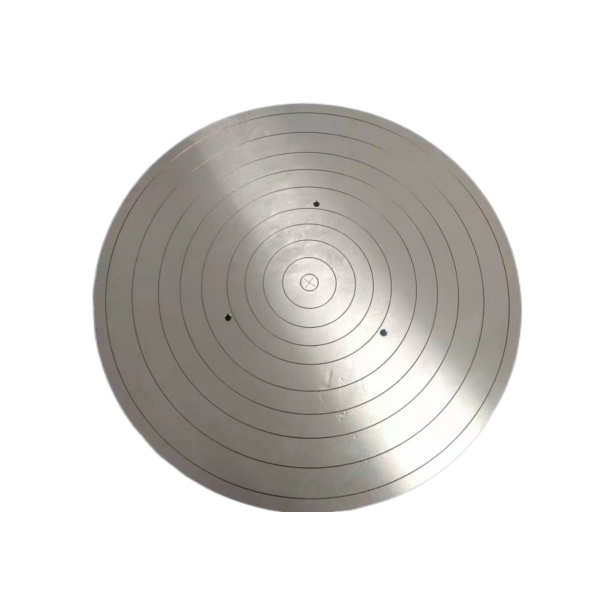What You Need to Know About CNC Grinding
2023-11-17
CNC (Computer Numerical Control) grinding is a precision machining process that utilizes computerized controls to automate and precisely grind materials to achieve tight tolerances, smooth finishes, and specific geometries. Here are key aspects to understand about CNC grinding:

1. Precision Machining:
- Tight Tolerances: CNC grinding offers high precision, allowing for extremely tight tolerances in the range of microns or smaller, ensuring parts meet exact specifications.
- Surface Finish: It delivers fine surface finishes, crucial for applications requiring smooth surfaces or specific roughness parameters.
2. Automation and CNC Controls:
- Computerized Control: CNC grinding machines are controlled by computer programs, enabling automation and repeatability in the machining process.
- Programming: Creating CNC programs requires expertise in coding and understanding machining parameters to achieve desired results.
3. Versatility in Grinding Operations:
- Various Grinding Processes: CNC grinding encompasses different grinding techniques like surface grinding, cylindrical grinding, centerless grinding, and more, allowing for versatility in handling different shapes and materials.
- Customization: CNC grinding can be tailored for specific applications, accommodating various materials, shapes, and sizes.
4. Materials and Applications:
- Wide Range of Materials: It's used to grind various materials including metals (steel, aluminum, titanium), ceramics, plastics, and composites.
- Diverse Applications: CNC grinding is employed in industries like aerospace, automotive, medical, tool and die making, precision engineering, and more for producing components with intricate geometries and high precision requirements.
5. Grinding Wheel and Tooling:
- Selection of Grinding Wheels: Different types of grinding wheels (abrasive materials, sizes, bond types) are used for specific materials and grinding operations.
- Tooling and Fixturing: Proper tooling and fixturing are crucial for holding and securing workpieces during grinding.
6. Challenges and Considerations:
- Heat Generation: Excessive heat during grinding can affect the material properties. Techniques like using coolant or controlling parameters help mitigate heat-related issues.
- Complex Setup: Programming and setting up CNC grinding machines for specific parts can be complex and time-consuming, requiring skilled personnel and specialized tooling.
7. Maintenance and Safety:
- Maintenance: Regular maintenance is essential to ensure CNC grinding machines operate at peak efficiency and accuracy.
- Safety Measures: Safety protocols and precautions are necessary due to high-speed rotating components and potential hazards associated with grinding operations.
CNC grinding is a crucial process for achieving high-precision components in various industries. It offers exceptional accuracy and repeatability, but successful implementation requires skilled operators, proper tooling, programming expertise, and adherence to safety and maintenance protocols.


